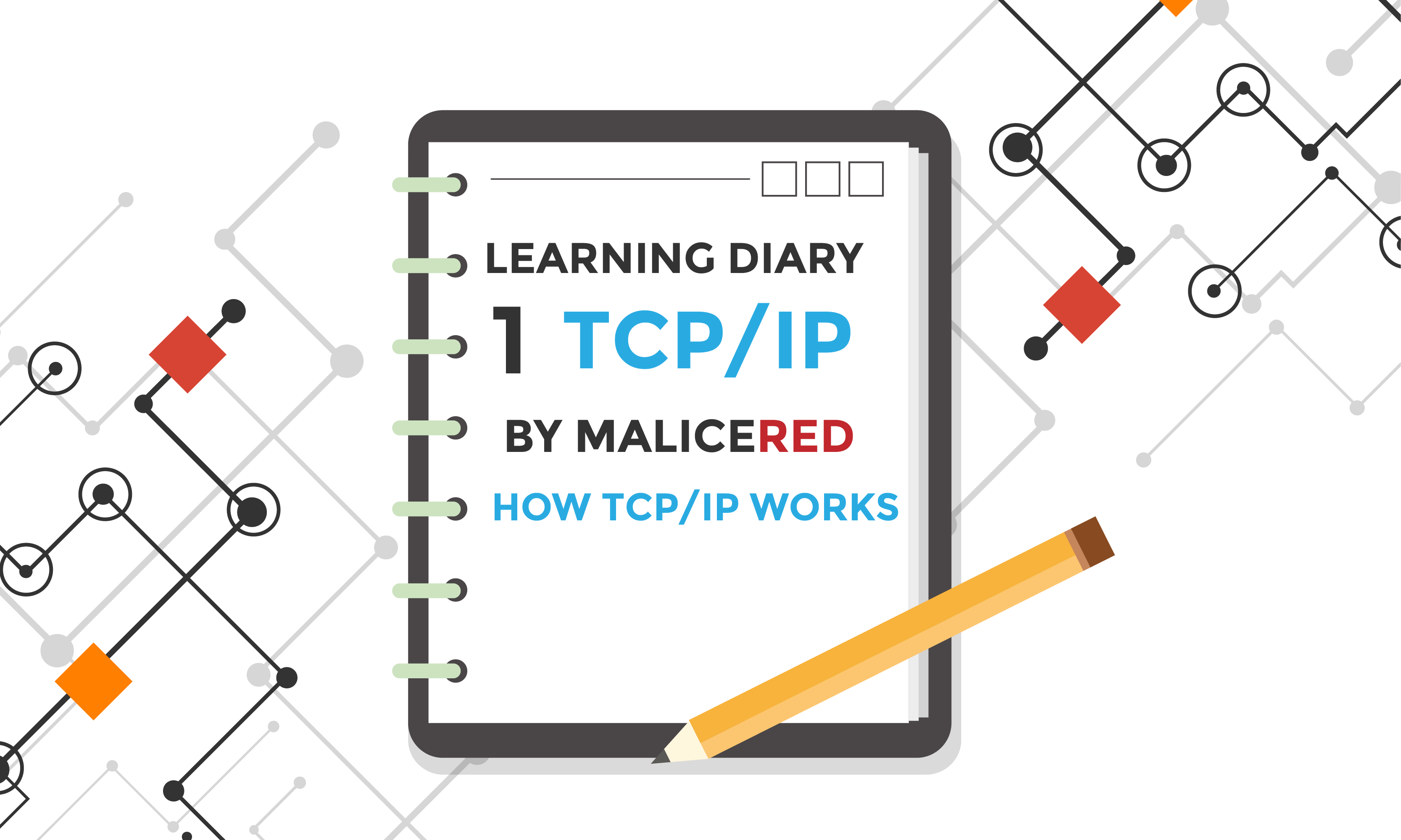Sys-Admin Learning Blog - Entry 1 - What the TCP/IP? (Breaking down what TCP/IP is into yummy bytes)

As promised and agreed to, Today I will be bringing you guys a crash course of everything I've learned about TCP/IP. I'll be illustrating everything as well for you folks, so anyone can look at this, and be like, Oh that's what that is.
How I arrived to this subject
Well, when you take a dive into computer networking.. No Sys-Administration, one thing you have to be familiar with is TCP/IP protocols.
Literally everywhere I looked, I saw these terms. TCP this, IP that. Like what the heck?
What is TCP/IP?
Well, it's like this. And I'll be explaining this in average joe terms, because hey, that's what I am.
TCP/IP is not really a thing. It's not an object or something you can hold or put on a desk.
What TCP/IP is, a suite. Think of, a set of rules and tools. Every device that wants to be connected to internet needs to use this.
TCP stands for Transmission Control Protocol, while IP stands for Internet Protocol.
That's really cool Malice, but why should we care?
Hey, actually, this is very important. I mean, look. You have a computer right. Let's say that it's a laptop, and you need to go to google. Well. Without TCP/IP you can't even access the internet.
Okay okay. Let's take a step BACK.
I'm confusing you aren't I? Well, don't worry, you're not the only one.
Let's make this into a graphic. :D
Now think of TCP/IP as this delicious (Obviously not rushed design) sandwich. Mmm, it's good!

Let's say, for you to access websites or anything, you need to have this hamburger. Everyone needs one, or no internet.
With that being said, let's break it down further to see how TCP/IP works to connect us to the internet.
Breaking down the burger that is TCP/IP
To help us understand how this works together, I will be using the analogy from above to help illustrate how this works.

So as we can see here, I've broken it down into to 4 layers. And yes, TCP/IP works on 4 layers as well. Let's look at how it works, layer by layer.
Application Our first layer here is the Application layer. This is the layer where browsers, apps, and games interface or work with the other layers. If we didn't have this layer, then our programs apps or even games wouldn't be able to access things like http, ftp, smtp.
Transport The second layer of our TCP/IP Hamburger. This layer is responsible for giving the application layer access to TCP and UDP Protocols. UDP is a low latency set of protocols that are very useful for things like gaming.

Now the Application layer actively talks to the transport layer through what we call ports. Think of ports as little doors with labels that allow data between the 2 layers. TCP uses these labels to know where a certain type of data is coming from.
Once TCP gets the data, it chops it into small pieces called Packets. It also labels these packets with assembly instructions and error tracking information called a Header.

TCP then PUSHES OR PULLS these packets and Headers to the next layer.
This is where the internet layer comes in.
Internet Layer
Inside the internet layer there is something called IP or Internet Protocol that works by taking packets and attaching to and froms with things called called IP addresses.
By now, the packets of data have A Header, An address to go to, and An address of where it's from and gets transferred to the final layer.

Network Layer
The last layer is where packets are placed or received from. This layer is responsible for sending the packets of data to any devices connected to the network using Mac addresses, or converting these packets into electrical impulses that cords transfer. Think ethernet cords.

Phew. Now, remember, every computer or device that's connected to the internet has these protocols that process these packets of data. You're probably wondering if millions of computers are connected to the internet, and every device has to send and receive packets, how come our internet is so fast?
Well, thanks to TCP/IP this process is done in an efficient way which is called Packet Switching. Which allows each individual packet to avoid congestion bottlenecks that would occur if all the data was sent at once down the same route in one session.

Whelp, I spent way too much time writing this out. I just always tend to go crazy when I post.
I look forward to hearing from you guys, give me feedback. Did I get something wrong, was this helpful for you? What would you like to see next? Anything! Just send a comment.
If you like what I'm doing and find this useful, please give me an upvote, or even better a resteem. If you want to see more, give me a follow as I will be trying to do these post every week.
Well, thanks for stopping in once again folks! It's good to finally start getting an understanding behind some of these core concepts.
nice. good luck with the new gig @malicered. ur hard work will get u anywhere u want!
Best explanation I’ve seen in a while. Certainly the best illustrated one. Congrats on the job man.
Good lucky
This post has received a 2.14 % upvote from @booster thanks to: @someguy123.